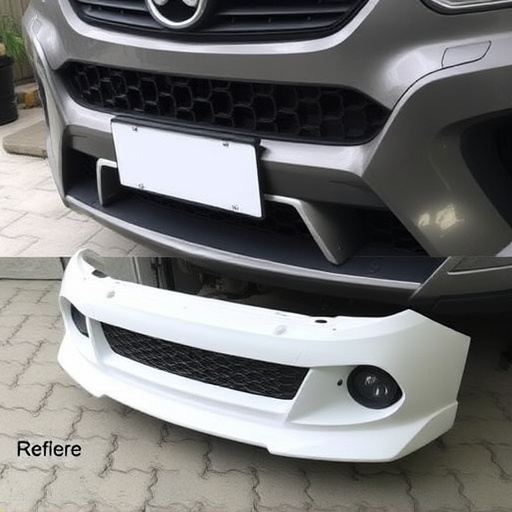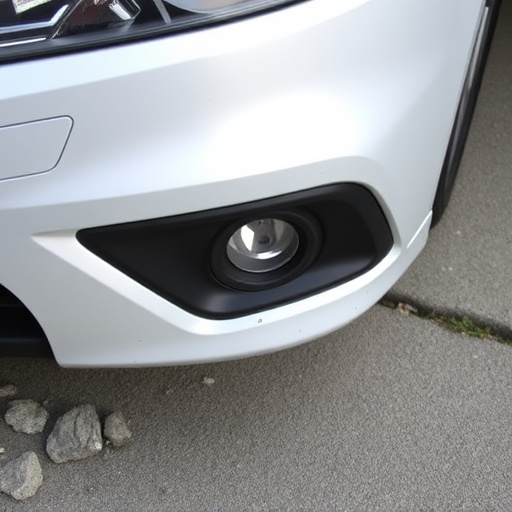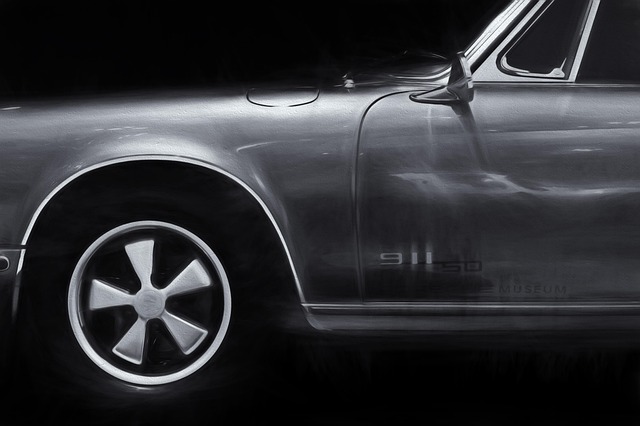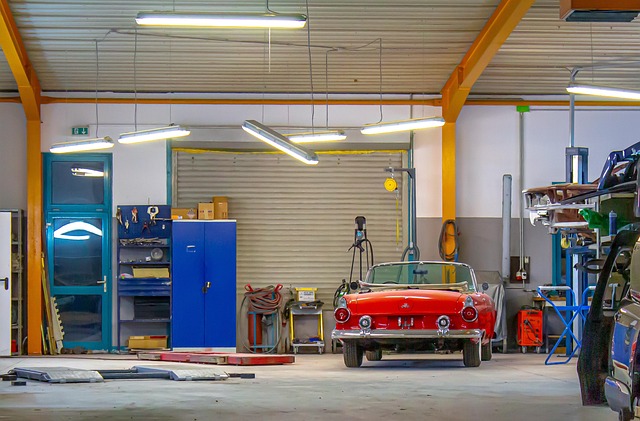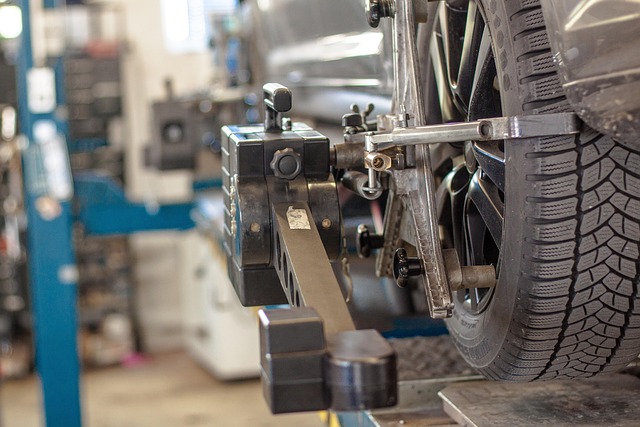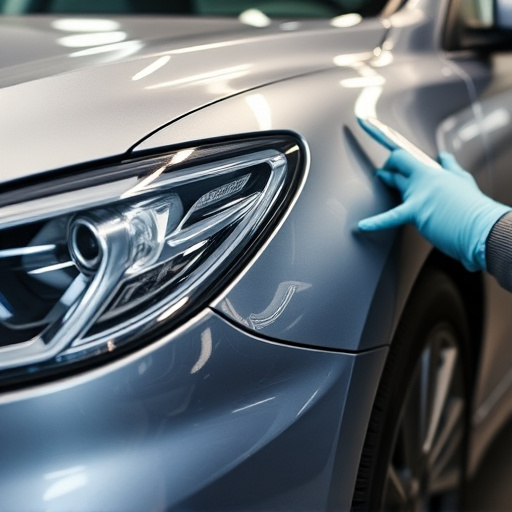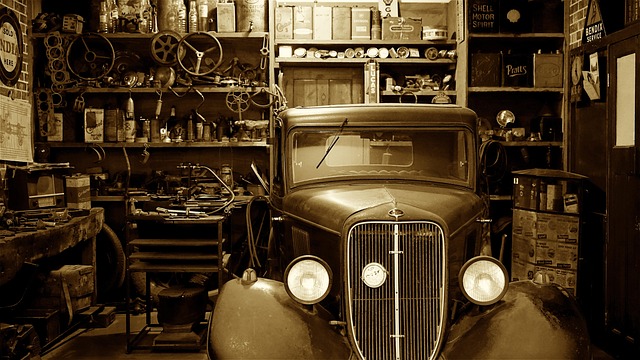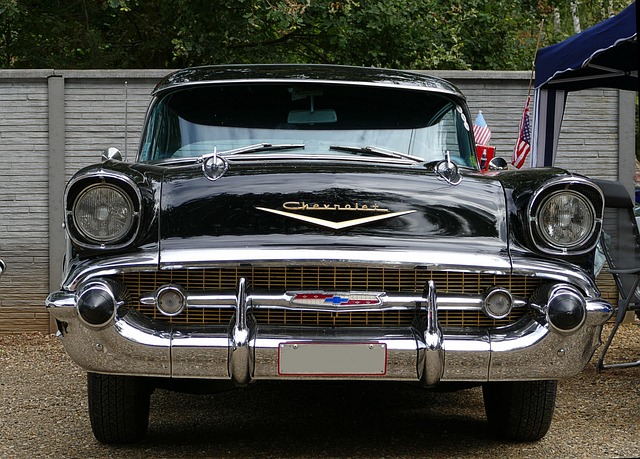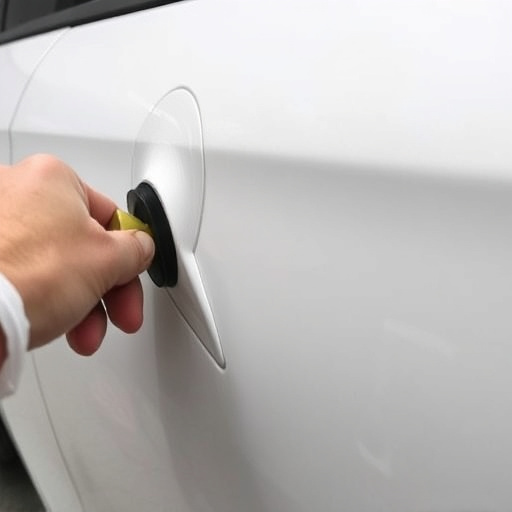Auto glass installation success hinges on surface preparation, using dedicated cleaning solutions and inspecting for damage. Choosing high-quality materials like top-tier automotive glass and sealants prevents leaks and ensures longevity. Proper techniques, including precise cuts, alignment, and following manufacturer guidelines, along with skilled technician training, are crucial for leak-free results.
Avoiding leaks in auto glass installation is paramount for ensuring safety, longevity, and structural integrity of your vehicle. This comprehensive guide delves into three critical aspects: preparing the surface for seamless adhesion, selecting high-quality glass and sealants, and mastering proper installation techniques. By adhering to these principles, you can ensure a leak-free job, enhancing both the performance and aesthetics of your auto glass replacement.
- Prepare Surface for Seamless Adhesion
- Choose Quality Glass and Sealants
- Master Proper Installation Techniques
Prepare Surface for Seamless Adhesion
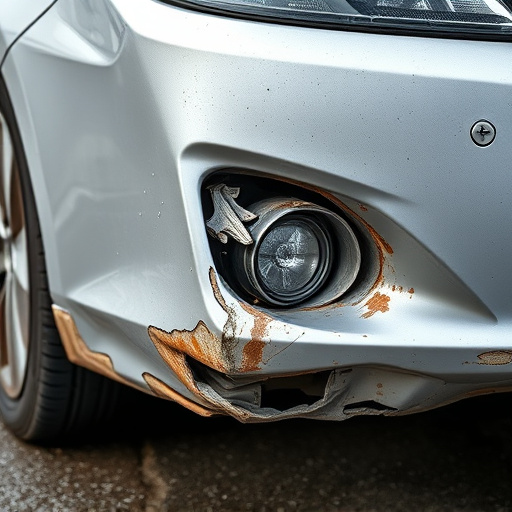
Before installing new auto glass, ensuring the surface is properly prepared for seamless adhesion is paramount. This involves thoroughly cleaning and decontaminating the area to remove any dirt, grease, or residue that could impede bonding. A simple wash with a dedicated car cleaning solution followed by a spotless dry is often not enough; specialized tools like compressed air cans can blow out stubborn particles stuck in crevices. For best results, use a high-quality degreaser on the car bodywork to achieve a pristine finish.
Additionally, inspecting the panel for any signs of damage, such as deep scratches or dents from previous repairs (including dent removal), is crucial. Minor imperfections can significantly affect adhesive strength. If issues are found, addressing them through patching, sanding, or replacing the damaged area will ensure long-lasting bond integrity during auto glass installation.
Choose Quality Glass and Sealants
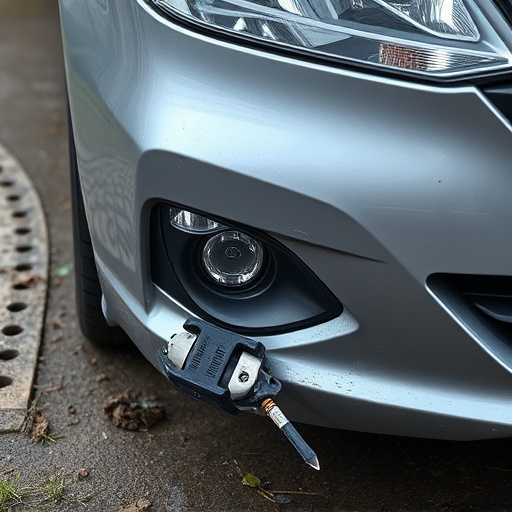
When it comes to auto glass installation, selecting high-quality materials is paramount to preventing leaks. The glass itself should be top-notch, designed for automotive use, and impact-resistant. Additionally, choosing the appropriate sealants specifically formulated for vehicle windows ensures a secure fit and long-lasting protection against water intrusion. High-quality sealants create a robust bond, filling any gaps or crevices effectively.
Using the right glass and sealants is crucial for auto body repairs as it directly impacts the overall integrity of the window installation. Properly chosen materials resist environmental factors like extreme temperatures and UV rays, maintaining their effectiveness over time. This prevents issues such as dent repair or even the need for future autobody repairs due to water damage.
Master Proper Installation Techniques
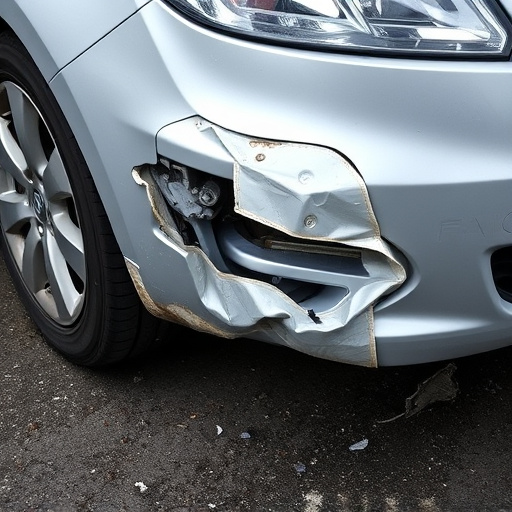
Mastering proper auto glass installation techniques is paramount to ensuring a leak-free finish. It’s crucial to understand that this isn’t just about fitting the glass, but creating an airtight seal around it. This involves utilizing specialized tools and materials designed for automotive applications, such as high-quality sealing compounds and weatherstripping. A skilled technician will ensure precise cuts, proper alignment, and secure bonding of the glass to the vehicle’s frame and other components.
Beyond technical expertise, adhering to manufacturer guidelines is essential. Different cars have unique specifications, and following the recommended installation procedures for your specific model ensures optimal performance. Regular training and staying updated on industry best practices are also vital. Remember, a well-executed auto glass installation, combined with excellent car paint services and regular auto maintenance, can significantly enhance your vehicle’s safety and overall driving experience, especially in challenging weather conditions.
To ensure a secure and leak-free auto glass installation, preparation, quality materials, and proper techniques are key. By carefully preparing the surface, selecting superior glass and sealants, and mastering installation methods, you can achieve a professional result that withstands the test of time and elements. These steps are essential for both safety and aesthetics in any vehicle restoration or upgrade project involving auto glass.
